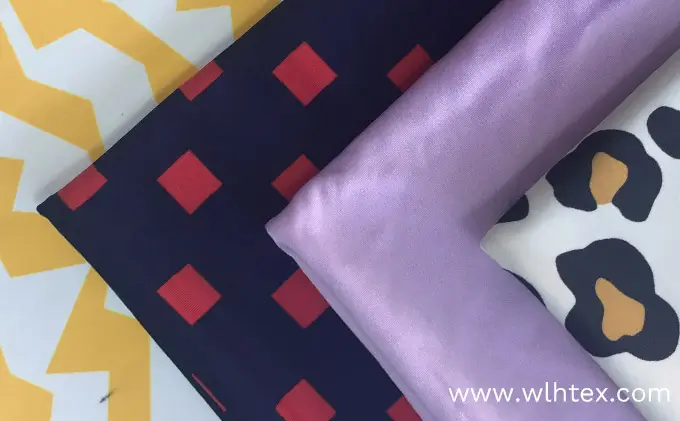The pros and cons of polyester spandex fabric

Elastic polyester spandex fabric is currently a highly popular stretch material in the market, widely employed in various types of clothing such as swimwear, activewear, and yoga apparel. This article discusses the advantages and disadvantages of polyester spandex fabric.
Spandex fiber is an exceptionally flexible and comfortable fiber that can stretch up to 500%. Unlike rubber, spandex fabric exhibits excellent abrasion resistance and resistance to temperature changes, maintaining its original length and preventing sagging. The benefits of this material are numerous, with durability, perfect fit, shape retention, abrasion resistance, and resistance to dye migration being particularly outstanding in polyester spandex fabric.
Another advantage of polyester spandex fabric is its affordability. Polyester is one of the cheapest synthetic fibers available, and it performs excellently in various aspects, making it a superior alternative to cotton to some extent. Spandex is similarly economical, with prices much lower compared to animal and plant fibers. Bulk purchases also provide significant cost advantages.
Polyester spandex fabric also boasts exceptional wrinkle resistance, resulting in garments that are less prone to wrinkles and maintain a neat and attractive appearance. Unlike cotton fabrics, polyester spandex garments often have a crisp, smooth finish with good structure, making them easy to care for.
Polyester spandex fabric exhibits good abrasion resistance and color fastness. As a highly durable synthetic fiber, polyester shows outstanding resistance to wear, making it difficult for typical polyester spandex fabrics to experience friction damage. In terms of color fastness, polyester spandex fabrics dyed with dispersed dyes appear particularly vibrant, and their color retention is exceptionally high.

▲Polyester spandex fabric
However, polyester spandex fabric has some drawbacks. Firstly, it is not an organic fabric, as its main component is still derived from petrochemical products. Although it is not as friendly to the human body as natural fibers like cotton or silk, the impact on the environment during the production process is a concern.
Secondly, polyester spandex fabric lacks good breathability. Wearing polyester spandex garments in hot weather may not facilitate sweat evaporation, potentially causing discomfort.
Additionally, polyester spandex fabric is prone to static electricity, making garments more likely to attract dust and affecting the cleanliness of their appearance. In dry seasons, static electricity can be a nuisance.
Polyester spandex fabric has various advantages and disadvantages. Nevertheless, it remains one of the most popular stretch fabrics. It is widely used in swimwear, cycling jerseys, as well as high-end furniture covers, table and chair covers, car seat covers, and more. In recent years, with the increasing popularity of sportswear collections, polyester spandex fabric, as an affordable stretch fabric, has also found extensive application in the production of activewear and yoga apparel.
In summary, polyester spandex fabric has the advantages of flexibility, affordability, wrinkle resistance, and abrasion resistance, but it also exhibits less impressive breathability, anti-static properties, and environmental friendliness. Nonetheless, polyester spandex fabric continues to be the most widely used material for stretch garments on this planet.



